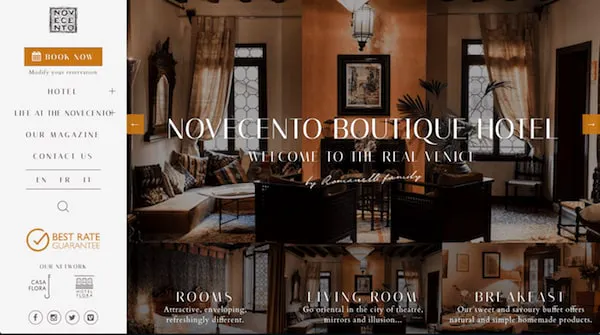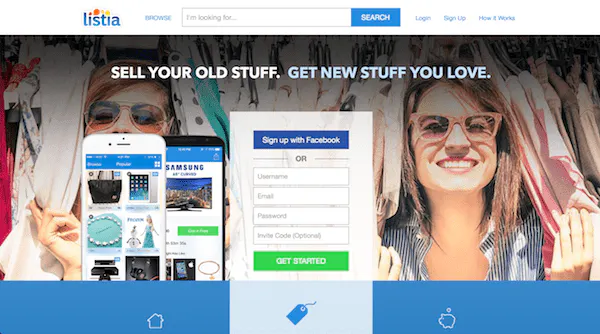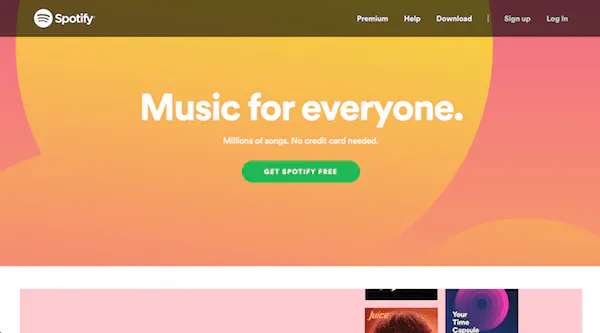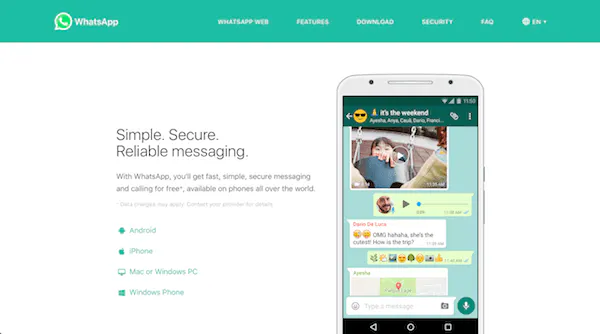Question of the day: Do your customers/clients know what makes your brand shine – and what makes you outshine the competition?
Behold, the value proposition, also known as the unique value proposition (UVP), unique selling proposition (USP) or, sometimes, unique selling points (confusingly, also acronymed-down to USP). 
Whatever you call it, the entire job of your value proposition is to tell people what makes you different: Why should they choose your brand over all others? What sets you apart from the next guy? And what makes you better?
Because, at the end of the day, consumers seek the best: the product that best solves their problems or fulfills their wishes. Frame your offerings in this light and suddenly, your product or service almost sells itself.
Definition of a value proposition
If you’re not selling a straightforward product it can be difficult to wrap your head – and design your marketing – around a value proposition. Sure, it’s easy when you’re selling a sweet new mop with a proprietary no-need-to-wring feature, but what about when you’re selling a vacation, a personal brand or – yikes! – an idea? That’s a tougher nut to crack.
Think of your value proposition as the single thing you stand for: If you’re selling that mop, then you stand for soft hands [from not having to wring out a wet mop]. If you’re selling a vacation, then you stand for total relaxation [because we take care of all the details]. If you’re selling a personal brand, then you stand for an in-the-know friend [who will coach and guide one-on-one]. If you’re selling an idea, then you stand for an all-in-one solution [to someone’s woes/pain points].
These are just examples. Different mops, different vacations, different personal brands, different ideas will all stand for something different. The key is to stand for something. Or rather, to stand for one thing. There’s a reason this is called a unique value proposition, singular: boil it down to just the one.
Do not try to stand for everything or everyone: focus on what you do best, focus on who cares most about that “best,” and you have discovered your UVP.
Let’s look at a few examples:
Value proposition example: Novecento Boutique Hotel Venice

When you’re looking for a hotel in a city as iconic as Venice, you’re particular. And so, this UVP is pitch-perfect: targeted at travelers who crave Venetian culture, charm and history, the Novecentro Boutique Hotel promises to deliver the “real” Venice. Implication: We’re exactly what you’ve been looking for.
Value proposition example: Listia

Even if you’ve never heard of Listia, one look at their homepage and you know exactly what they’re all about: Sign up, and you can sell unwanted stuff in order to buy wanted stuff. Direct, to the point, and very valuable (literally) to anyone who has read or watched Marie Kondo in the last few months.
Value proposition example: Spotify

Let’s pretend for a hot second that you had never heard of Spotify. The name rings no bells but the homepage sure tells the story: in three ultra-short sentences, Spotify delivers its promise of music for all, with lots of variety, and no credit card required. Not only did they create value, but they also obliterated any objections in the process. Well played, Spotify.
Value proposition example: WhatsApp

Just four words, and you easily know everything you need to know about WhatsApp: Simple, secure, reliable messaging. Read a little further, and you’ll see that it’s free (*aside from any data charges from your carrier) anywhere in the world – and hey, it’s available for Android, iPhone, Mac/Windows PC, and Windows Phone. Basically, you’re sold. Because, who wouldn’t be sold on free messaging to/from almost any platform, anywhere in the world?
How to create a great value proposition
The great news: This isn’t going to be hard. Chances are excellent that you already have your UVP, written in your head and etched onto everything you do. You just need to put it to words.
Here’s how:
- List it out: Write a list of all the benefits and advantages you offer your customers or clients. All of them. And, make sure you know why they matter.
- Know your customer: Now, think about what your customers or clients care about – what motivates them? What are their pain and/or pleasure points? At the end of the day, what are they looking for, when they find their way to your product or service?
- Narrow down your list: Your value proposition stands at the meeting point of steps 1 and 2 – at the intersection of what you offer and what your customers want. So, narrow down your list from step 1, to include only the items that meet the specific criteria of what your customers want.
- Differentiate yourself: The key word in unique value proposition? Unique. You now know what your VP is; you just have to make it unique. So, what makes you different from the competition? Even if it’s a small detail, there must be a quantifiable difference. Use powerful words to make an impact. Need ideas? Check out our guides to using powerful words in your email marketing campaigns and on social media for inspiration.
There you have it: You’ve narrowed down your benefits, mapped them to your customer’s problems/goals, and expressed them in a way that makes you stand out. You are differentiated. You are unique. And now, you’re also finished. Well done!
WhatsApp’s value proposition is incredibly effective, but the popular messaging app is more than just a secure messaging platform – it’s also a valuable marketing platform for brands and businesses. Tap into WhatsApp’s more than 1.5 billion global monthly users by installing the WhatsApp share button. It’s mobile-friendly and simple to install in just three easy steps, allowing anyone to share your content on WhatsApp instantly to give you more exposure for your content.




